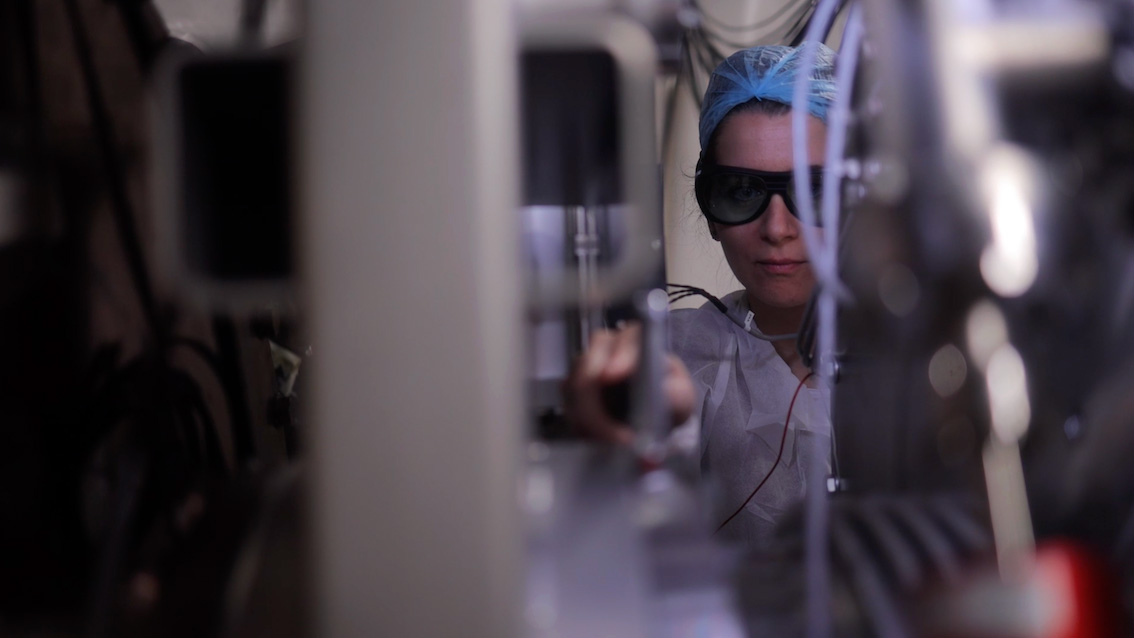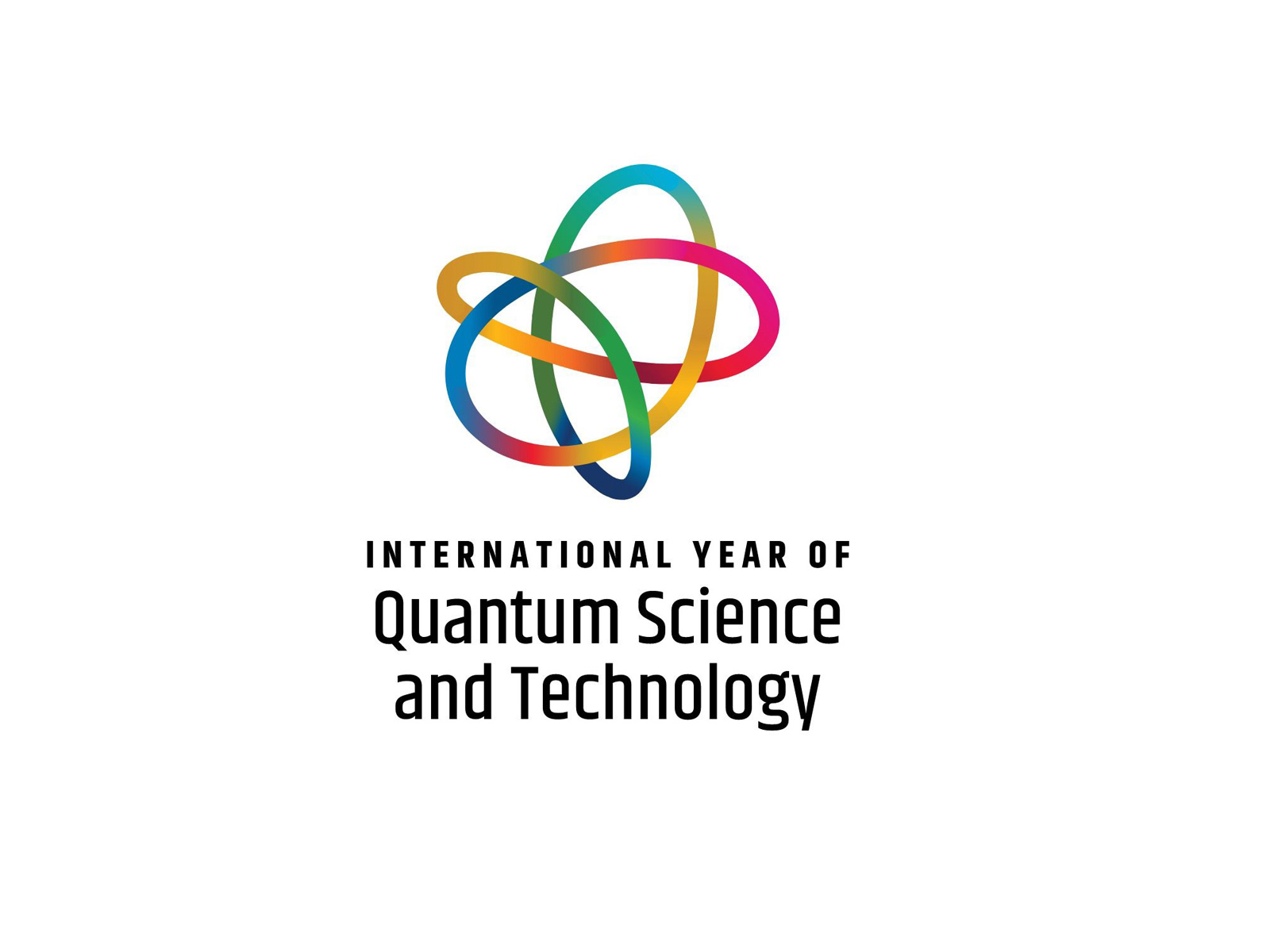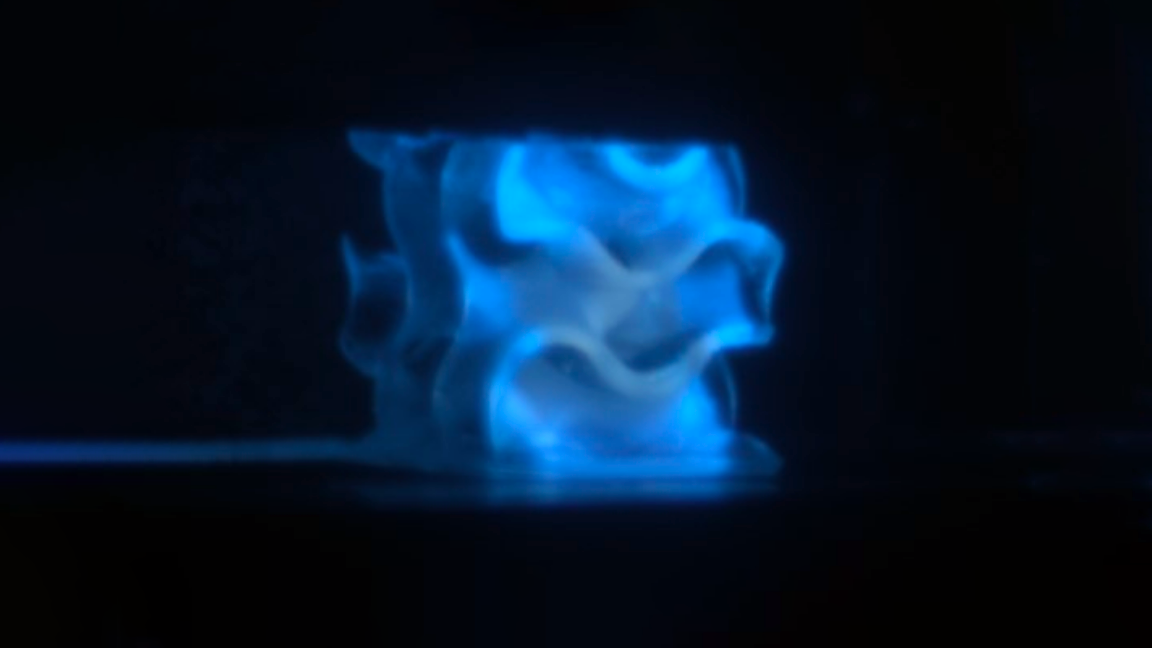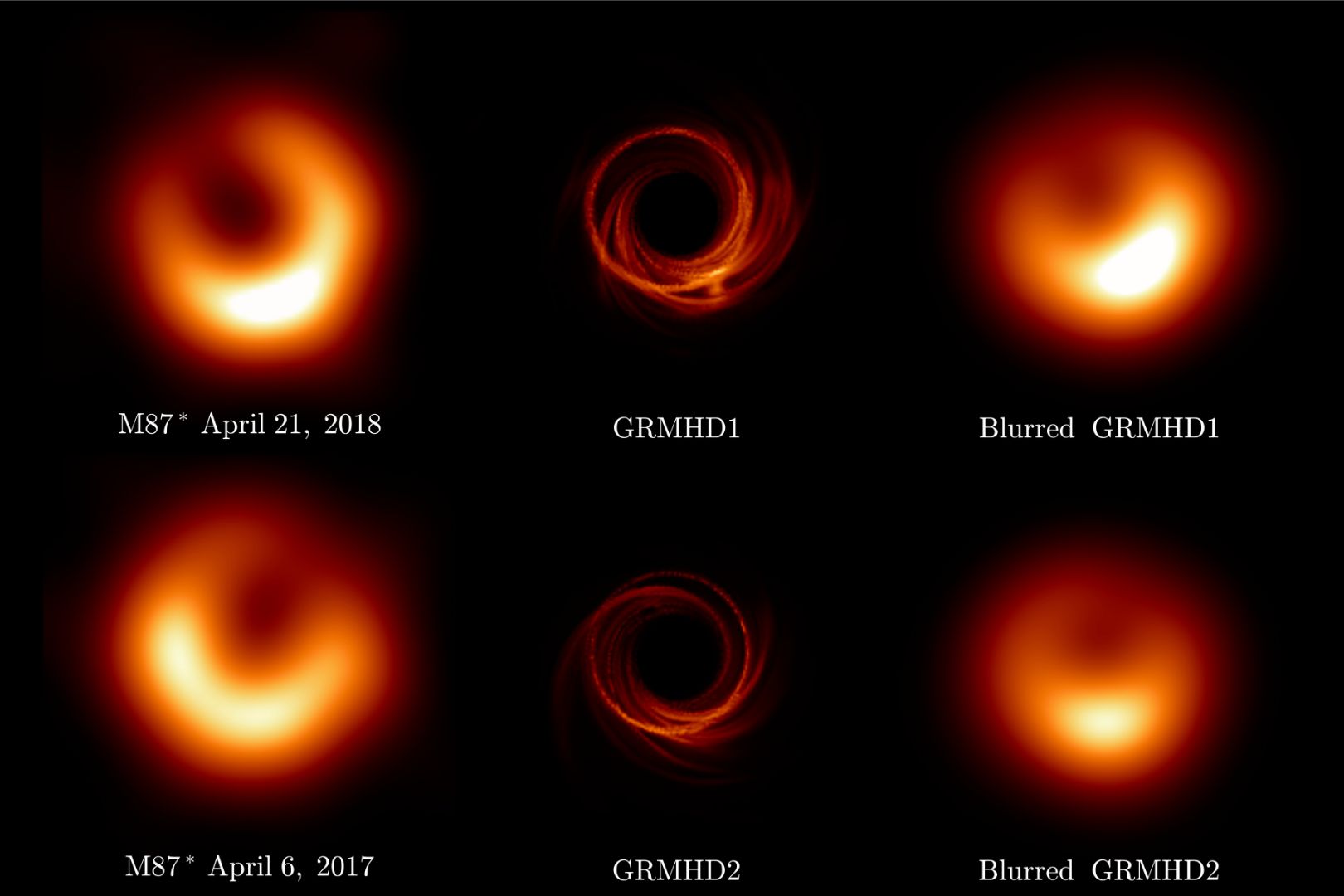contact comunicazione@presid.infn.it
 |
SIBYLLA BIOTECH&INFN AGAINST COVID-19
area / / simulations, virtual screening, treatment
Protein folding simulation to identify molecules that may interfere with the SARS-COV2 virus replication process, to slow down its spread, pending the production of a vaccine. In particular, Sibylla Biotech, an INFN spin-off, is focusing on the ACE2 protein, the cellular receptor found mainly in human lung endothelium cells and other tissues such as the heart and intestines, to which the Spike viral protein present on the surface of the virus binds. By applying the PPI-FIT protocol, the search for molecules capable of decreasing receptor levels is in progress, thus inhibiting virus entry. INFN is providing a significant portion of its computing resources for Sibylla Biotech simulations, equal to approx. 30,000 computing units, working in parallel in 8 of its data centers.
FOR MORE DETAILS
Sito Sibylla Biotech
Comunicato Stampa INFN primi risutati
Comunicato Stampa INFN Avvio simulazioni
|
 |
MVM Milan Mechanical Ventilator
area / medical devices, lung ventilators
Designing, developing, building and certifying a safe and efficient ventilator, equipped with an advanced control system to provide the various ventilation modes, but which, at the same time, is characterised by a simple design, is based on components easily available on the market, and can therefore be quickly produced in various countries. The MVM Collaboration operates in an open innovation environment to enable the rapid advancement of ventilator design and testing, reducing the time needed for their production and distribution in hospitals.
The project obtained the FDA certification in may 2020 and the CE certification in may 2021
FOR MORE DETAILS
sito MVM
paper
|
 |
3D PRINTING OF THE CHARLOTTE VALVE
AREA / medical devices, lung ventilators
The INFN Units of Milan and Pavia have collaborated to the initiative of Isinnova, the Brescia-based Company that has made available in Open Source the operational project for the 3D printing of the Charlotte valve, capable of converting full-face snorkelling masks into supports to assist the treatment of sub-intensive COVID patients. The INFN Units have made their 3D printers and their staff available for the production of the Charlotte valves and the respective reinforcement collars. The PLS valves were produced in Milan, in collaboration with the Physics Department of the University of Milan, while the ABS valves were produced in Pavia and sterilized thanks to the collaboration with the Policlinico S. Matteo of Pavia and then all delivered in a very short time to Monza, at the material sorting operations centre.
|
 |
COVIDSTAT INFN
area / / statistical analyses
Developed by the INFN CovidStat Working Group, whose constitution was promoted within the INFN with the aim of providing the Covid19 Crisis Unit in the Institute with a statistical analysis of the data provided daily by the Civil Defence Agency on the spread of the pandemic in Italy. The website provides a strictly statistical analysis of the data and provides an updated picture of the situation, with summary tables and maps which can be browsed interactively.
FOR MORE DETAILS
sito COVIDSTAT INFN
|
 |
PANDEMIC SPREAD DATA ANALYSIS
area / analyses on epidemiological models
Data analyses on the spread of covid-19 throughout the country and in other countries, using statistical and epidemiological models, in order to study and predict the trend of the pandemic.
|
 |
ANTI_COVID_LAB
area / material characterisation, PPE
Laboratory for verification of the functional qualities of fabrics intended for the production of masks and other PPE for infection prevention. The laboratory will provide technical-scientific support to companies that may request fabrics for producing PPE to be tested, according to the standards required by current legislation.
FOR MORE DETAILS
Comunicato stampa INFN
|
 |
STERILISATION SYSTEM
area / sterilisation
The project aims to create a system, based on a radiogenic source, to be used for the sterilisation of surfaces.
|
 |
CHARACTERISATION OF BACTERIA AND VIRUSES IN THE ATMOSPHERE
area / prevention, epidemiology, biological component of atmospheric aerosols
Recent preliminary studies have identified an possible link between the speed of dissemination of covid-19 and concentrations of the main air pollutants. Since the hypothesis is currently based on a small amount of data, this study aims to increase its statistical significance and also to verify the possibility of defining indicators of the effect of concentrations on bioaerosol dissemination. The project is therefore aimed at the characterisation of bacteria and viruses present in the atmosphere and the study of the possible relationships between the concentration of atmospheric pollutants, meteorological parameters and the biological component of the atmospheric aerosol.
|

|
AIR QUALITY AND BIOAEROSOL DISSEMINATION
area / prevention, epidemiology, biological component of atmospheric aerosols
A link has been hypothesised between the speed of dissemination of covid-19 and air pollution levels, in particular those typical of the Po Valley basin, but there is a lack of supporting data. However, the hypothesis remains open and needs to be investigated and verified with systematic studies under controlled conditions, just like those achievable with a suitably equipped atmospheric simulation chamber. The quantitative verification of the above hypothesis is the main objective of the research, which therefore aims to identify possible relationships between the atmospheric concentration of particular pollutants, in particular aerosols, and the vitality/dissemination of bacterial and viral strains.
|
 |
PROGNOSIS AND TREATMENT OPTIMISATION
area / AI, biomechanical simulations, prognosis, treatment
The choice of intubation and forced ventilation of patients with covid-19 in intensive care does not currently take into account the specificity of the lung damage and the clinical situation of the patient. The project aims to investigate possible optimisations in the clinical choice and use of ventilator devices, using 2-3 day oxygenation predictions obtained with Artificial Intelligence (AI), clinical data and biomechanical simulations. AI combines chest CT and haemogasanalysis data, frequently updated in patient records during the stay in intensive care, and simulation results.
|
 |
AIM Artificial Intelligence in Medicine
area / AI, diagnostic support and follow-up, prognosis
Thanks to the collection of imaging and clinical data, the project involves the development of predictive models based on machine learning and deep learning to support the diagnosis or prediction of prognosis for those affected by covid-19
|

|
ANTI-VIRAL NANOPHARMACEUTICALS
area / prevention, treatment, immunology, virology
The project aims to investigate the possibility of inhibiting virus replication through the use of metal nanoparticles (MeNPs), through the following steps: preparation and characterisation of specific MeNPs, in vitro inhibition of covid-19 replication (interaction with MeNPs), study of replication mechanism inhibition.
|
 |
CLOUD FOR DATA MANAGEMENT
area / cloud, computing, sensitive data processing, computing infrastructure and distributed storage
The project aims to harmonise datasets and tools and optimise the availability of analysis results through open platforms distributed at the national and international level, adapt medical and bioinformatics simulation and analysis applications using the INFN open source Cloud platform for the appropriate processing of sensitive data, simplify and optimise the execution of covid-19 analysis and simulation workloads and use multiple databases at the national and international level.
|





